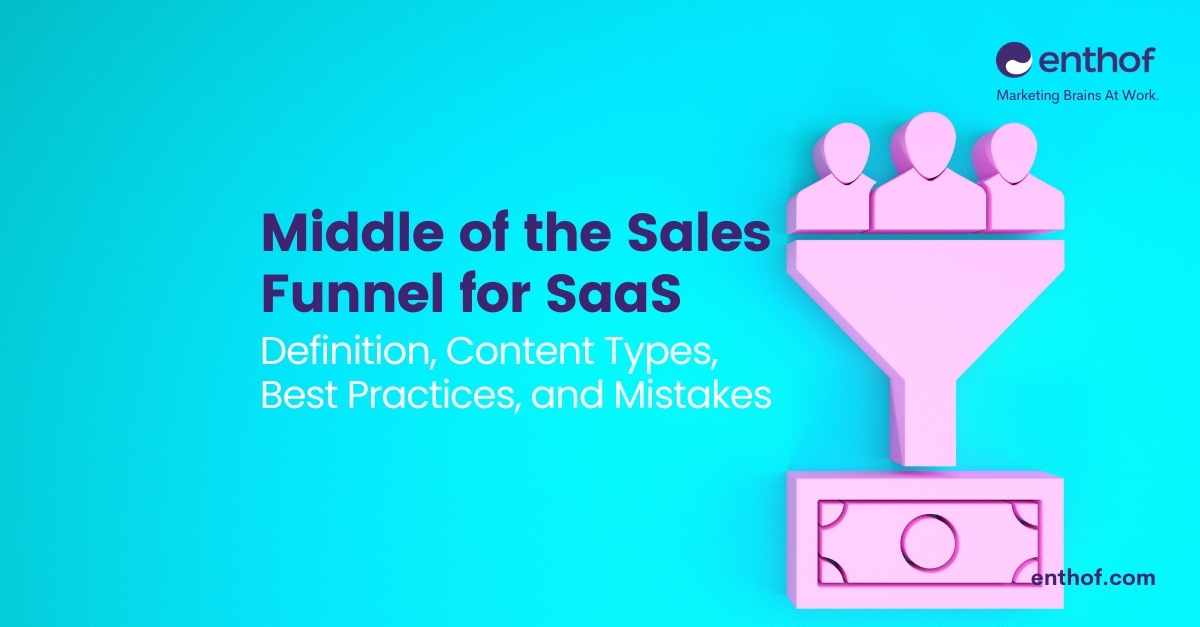We’ve seen read and heard some digital marketing terms and acronyms, such as CPA and CTR, that may be unfamiliar to you but are critical to understand if you want to decode any digital marketing report or review you’re given.
The words mentioned below are some of the most commonly used terms in digital marketing, with many of them being unique to SEO, PPC, and social media marketing.

9 Digital Marketing Terms You Must Know
[lwptoc numeration=”none” toggle=”0″ skipHeadingLevel=”h1,h2,h4,h5,h6″]#1. Conversion
Coversion is the most commonly used digital marketing terms. A conversion is a specific action you want customers to take during a digital marketing campaign. For example, you might want customers to buy an item, sign up for an email list, or download a white paper.
#2. Cost Per Click (CPC)
Cost per click refers to the amount you spend every time a customer clicks on your digital ad. To calculate CPC, divide the total amount you spent by the number of link clicks.
Many digital ad platforms use CPC as a pricing model, which means you get charged for each click. By monitoring CPC, you can also make sure you’re spending the right amount to get customers on your website. It’s one of the digital marketing terms that represents expense.
#3. Cost Per Acquisition (CPA)
Cost per acquisition measures the cost of converting a customer. To measure the CPA for a campaign, divide the total amount you spent by the number of conversions.
Like CPC, many digital ad platforms offer CPA as a pricing model so you can control how much you spend to land a new customer. When you optimise for CPA, you can also keep your CPA low and run more cost-effective campaigns.
#4. Click-Through Rate (CTR)
Click-through rate refers to the percentage of customers who click on a link in your marketing campaign. To calculate CTR, divide the total number of views by the number of clicks. Just like coversion, this is a digital marketing terms that represents how effective the marketing is.
Although CTR doesn’t measure cost, it can still help you assess your campaign’s success. A high CTR shows that a large percentage of people who saw the link were interested enough to click.
#5. Return On Investment (ROI)
Return on investment calculates the revenue from a marketing campaign and helps you assess the overall value. To calculate ROI, subtract the amount you spent on the campaign from the revenue total. Then divide by the amount you spend on the campaign. In digital marketing terms, this is one the client will never forget!
#6. Bounce Rate
Bounce rate refers to the percentage of people who visit your website and then exit quickly. To find your website’s bounce rate, check your Google Analytics data.
Ideally, you want your bounce rate to be as low as possible, and you want it to decrease over time. After all, the lower your bounce rate, the more value customers get from your website
#7. Call To Action (CTA)
Call to action are prompts that encourage customers to do something. For example, “Shop now” and “Sign up” invite customers to take the next step after visiting your website or reading your ad. Again, one of the commonly used digital marketing terms.
Choosing a strong CTA is important to any campaign’s success. Leaving out the CTA can mean fewer conversions. Adding an enticing CTA can lead to more sales or signups.
#8. Retargeting
Retargeting is an email and paid advertising strategy that targets customers who have already interacted with or shown interest in your business. Using this strategy can help you lower your digital marketing costs since it guides customers through the sales funnel.
#9. A/B Split Testing
In digital marketing terms, this is mostly omited to save time, although it’s very important. A/B split testing involves experimenting with two versions of one campaign. For example, you can run an A/B test with two ads that are identical aside from the graphics, button colour, or other variables. Digital marketers typically use tools designed specifically for A/B testing to effectively run these tests. It’s imperative that you only test one variable at a time to truly understand the impact of the change you are testing.
After you test the two versions, you can compare to find out which drives the best results. Then you can invest more of your budget into the top-performing version.
About the Author
 Donald Gonsalves is the founder of Enthof Creatives and a regular writer for the website’s blog. He has more than 2 decades of experience in marketing, sales and branding. His need to research and learn more about these segments in never ending. To contact him, just drop an email to donald.g@sh118.global.temp.domains
Donald Gonsalves is the founder of Enthof Creatives and a regular writer for the website’s blog. He has more than 2 decades of experience in marketing, sales and branding. His need to research and learn more about these segments in never ending. To contact him, just drop an email to donald.g@sh118.global.temp.domains
Follow him on Linkedin – https://www.linkedin.com/in/donaldgonsalves



